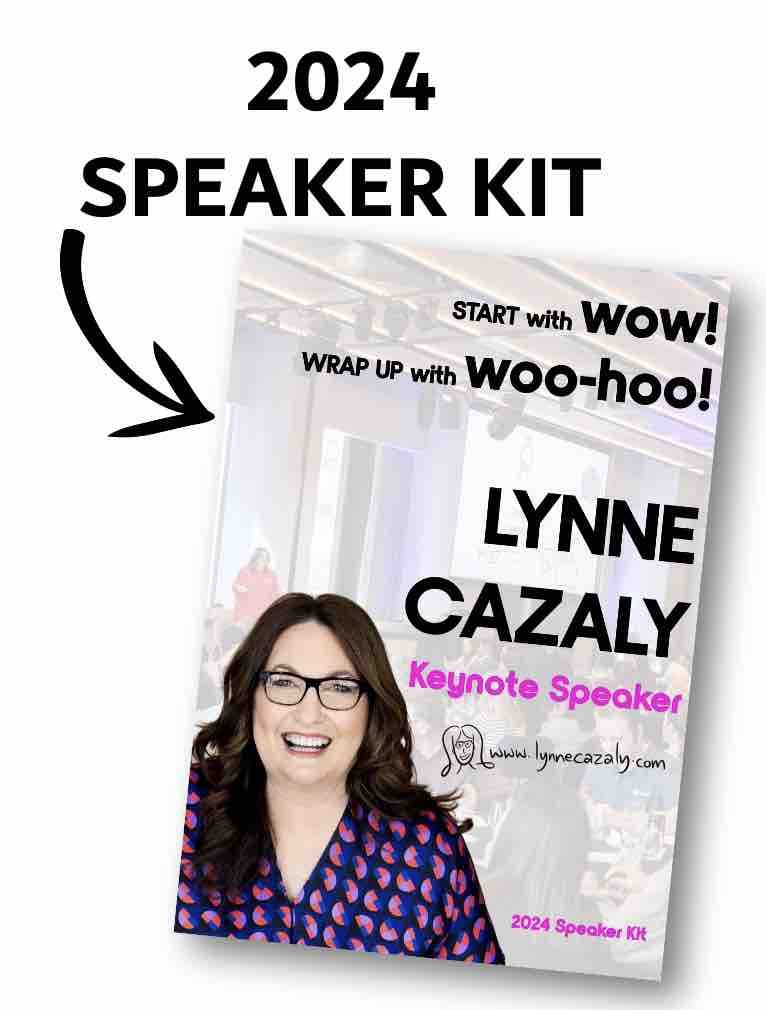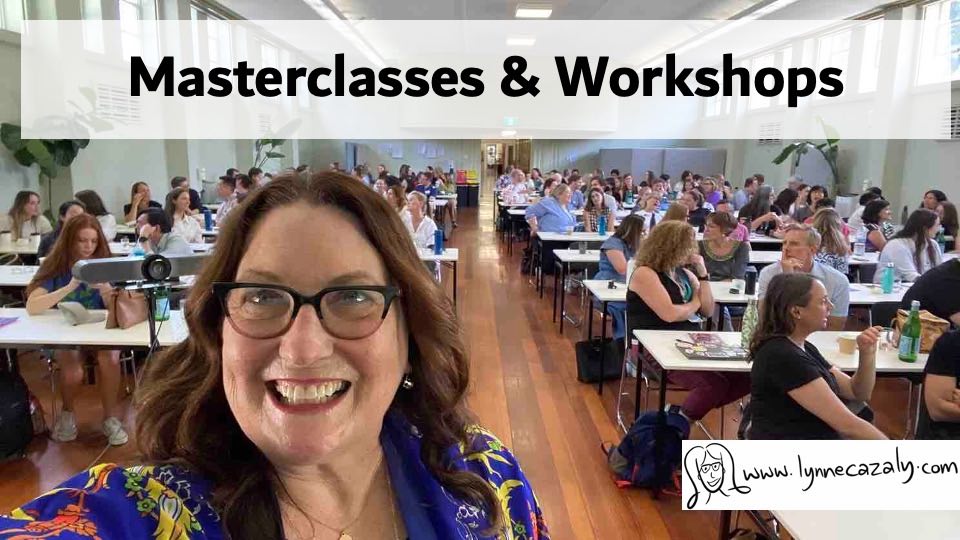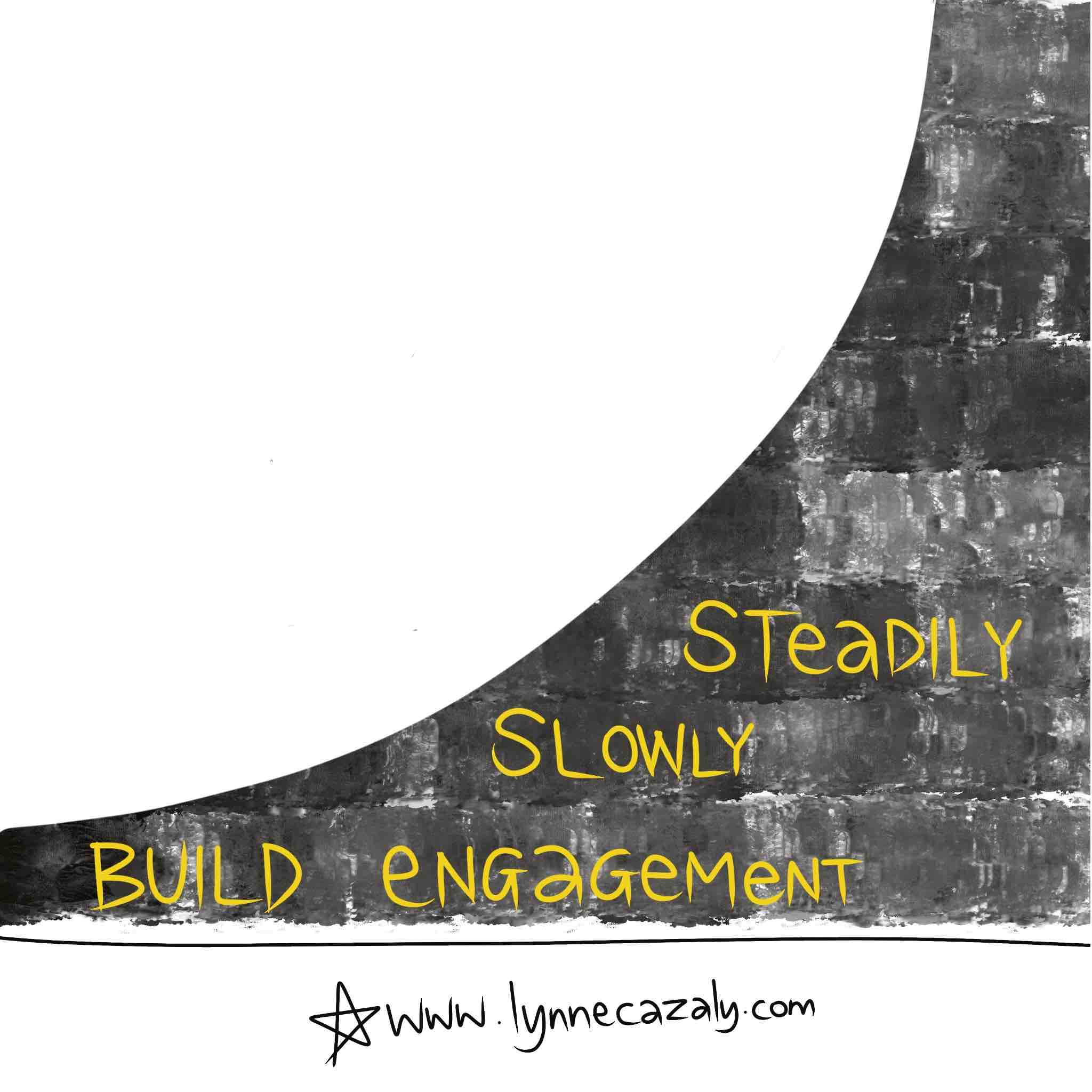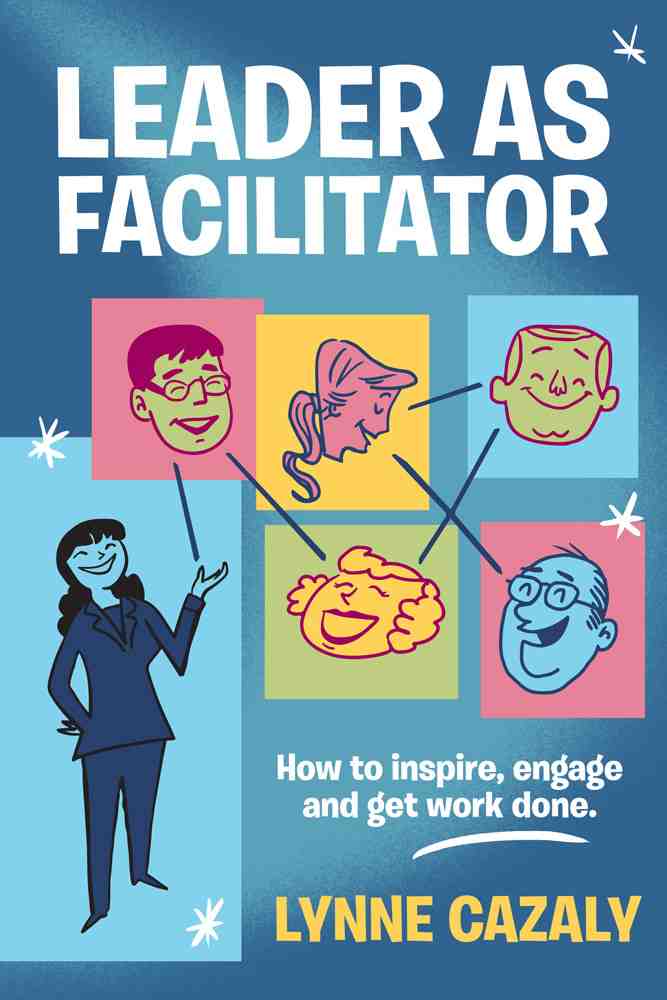So much advice available out there on meetings… yet still so many sad behaviours and cliches that stop progress in its tracks.
I've had the pleasure to work with some teams lately to help them get more done in their projects by helping develop their leader as facilitator skills.
This capability is needed in workplaces to
- boost collaboration
- get alignment
- get work done and
- meet deadlines...
all the while working with diverse teams who have different backgrounds, cultures, generational views and opinions.
The days of leaders ‘telling’ are done… or at least, leaders need to be doing less of it. The technique of facilitation when you’re a leader is secretly genius. It’s artful, engaging, collaborative and impactful.
Plus we don’t have time to traipse through the levels of Tuckman’s 1965 tired team dynamics model to wait weeks and months for people to be storming and norming before they start performing. Oh yawning! We’ve got to get people together quickly - people who may not have worked together before - and get things done swiftly, all the while respecting them, treating them well and acknowledging their views. They're human after all!
This is what diversity is about and the inclusion of differing views.
So yes, there are still some deeply ingrained habits hanging around meetings, workshops and breakout areas in workplaces.
Here are the top 10 meeting and workshop cliches I see that kill collaboration, smash diversity and slow-up progress.
1. Would you take the notes please (...insert woman’s name)
Still seeing this way too much. A woman in the room is the designated note taker; is it a hangover from the days of the typing pool or the ever-obliging secretary or worse, ‘because you have such neat writing’? Urgh! Yes, a meeting facilitator can also do note taking. You may argue or not believe you can both facilitate AND capture content, but it can be done, and it’s called Visual Facilitation. Anyway, make people take their own notes or ask ‘who will be our note taker today?’
Plus the role is so not secretary-ish anymore. It’s a powerful sense making tool - the person who makes sense from complexity and detail is the present day workplace genie!
2. I hear what you’re saying but…(we’re going to do this anyway)
You may have heard advice about the use of ‘but’ in this situation and how that part is the problem... but I think it’s really about the ‘I hear what you’re saying’part.
Actually you haven’t proven that you’ve heard what they're saying. Plus it’s so habitual and cliched; you must spend a few moments (less that a minute even - relax!) to deal with that person’s comment. Saying you’ve heard it but… is not good enough.
And don’t even THINK of saying ‘we’ll take it on board’! Urgh!
These are verbal slaps in the face. You’ve smacked down collaboration with your impatience for an outcome.
3. Lets car park it
If you have a flip chart or whiteboard with ‘Parking Lot’ written on it I will develop car park rage! It’s another slap in the face. It’s saying ‘we can’t handle this right now…’.
Actually, no, it's you saying ‘I can’t handle this right now so I’m going to deflect it off over there and then we can speed on to the outcomes.'
That's another smack down!
It's another way of saying 'Be quiet. We’re not doing it now.' That’s effectively what you’re saying.
Go ahead and try and get collaboration and engagement going at full speed again after that. It will be hard work.
Rather, you need to take that point for a 'drive'. Do not park it. Take it for a test drive and see what happens and where it goes. You might get some other stuff done because of that tiny side track or scenic journey. And you don't need to spend too long, just a minute, tops.
4. Let’s take it offline
Here's another slap in the face. Another version of ‘not here, not now’. You’re saying this meeting now is not the place for it.
Rather ask ’should we set up another session where we can talk about this - we can cover x, y and z?, or 'what piece of that can we do today, now?'
Taking it offline is lazy shorthand and workplace waffle and again, if you spent even one minute facilitating an interaction, you might actually get something done on this point and you’d keep collaboration going. At least make this thing into an action and when it will be worked on in at another session.
5. What do others think?
I call these big blind overhead questions. Shot out there into the group like a cannonball for anyone to catch. It's too big, too fast and too dangerous. Often the louder voices will speak first with a question like this. They've been waiting to let you know what they think for so long now!
This question is too broad for my liking. Leader as Facilitator capabilities look at how you can narrow the focus in situations like this.
What are you asking people’s thoughts on: What they think about global warming? About Tom’s new haircut? About the bicycle storage racks in the basement?
Too broad. Narrow it down. Get focus and facilitate to that.
6. We need to move on
Someone has done the wonderful duty of contributing and you may feel like things are a little out of control and so you bring this cliche out. You’re not saying ‘we’ you’re saying "YOU need to move on. You have spoken about this for ages. Can’t you just get over it!! Didn’t you hear me??!! MOVE ON."
Aaah no; people will move on when they are ready.
This is about you - you need to handle it better; it's not about them needing to 'move on'.
Spend a little more time finding out what their concerns truly are or what they want to happen. When they’re really listened to, they’ll move right along.
It may seem like a paradox or you may fear you'll open a can of worms that will never be closed again, but that's a fear of yours. It works a treat when you actually listen to someone and what their concern is.
7. Are well all in agreement then
This is often about premature decision making or a leader trying desperately to get to a decision. Perhaps you haven’t even decided HOW you’ll make a decision and yet you’re trying to make that decision.
So you might bring out this CLOSED question that the group can answer ‘yes' or ‘no' or ‘maybe' to. You can’t ask a group a closed question. The group then has to respond. You could go around and ask them 'yes, no, no, no, yes'… to find out what they think, but it’s a lazy cliche for trying to get closure on a topic or a decision on a topic.
Set up a clear decision making process and use that.
... Oh sorry, I know I promised 10 cliches but there are only 8, because...
8. We've run out of time
That means two of the cliches haven’t been covered. They could have been the most important pieces of this whole thing! But we didn’t do them upfront in the meeting.
Too much important work gets rushed, or worse, not done at all. So get your important pieces done first. Not in the order it arrived in your inbox or the order you thought of it, or the order you did it last time.
Get the tough stuff done. Yes, you can go for quick wins if you want to build the group’s momentum, but with some capable facilitation you will be able to get through the tough stuff and get even more done than you thought possible.
The leader - whether that's a leadership position, title, role or responsibility, or the leader of a meeting - has incredible opportunities to build engagement, gather diverse views and opinions and get important work done.
Avoid these cliches; go for more productive responses that keep a conversation going, build engagement and don't slap down. Then you’ll build a stronger environment of collaboration and collective output that will be reflected in the results that team can create.
 Saturday, September 5, 2020 at 11:18AM
Saturday, September 5, 2020 at 11:18AM 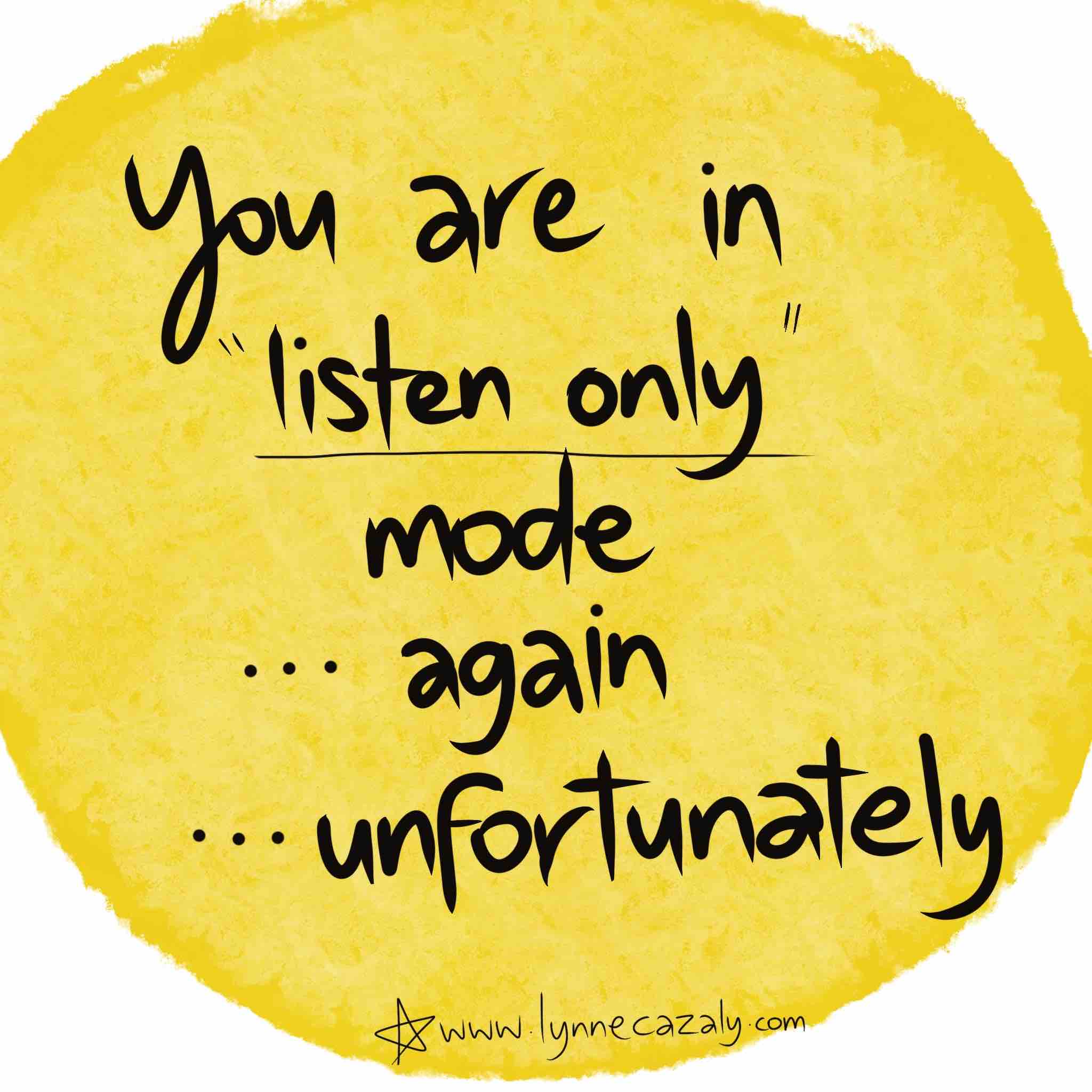 Whether the online meeting software automatically tells you or not, too often we are put in ‘listen only mode’ in online meetings and workshops.
Whether the online meeting software automatically tells you or not, too often we are put in ‘listen only mode’ in online meetings and workshops. 
